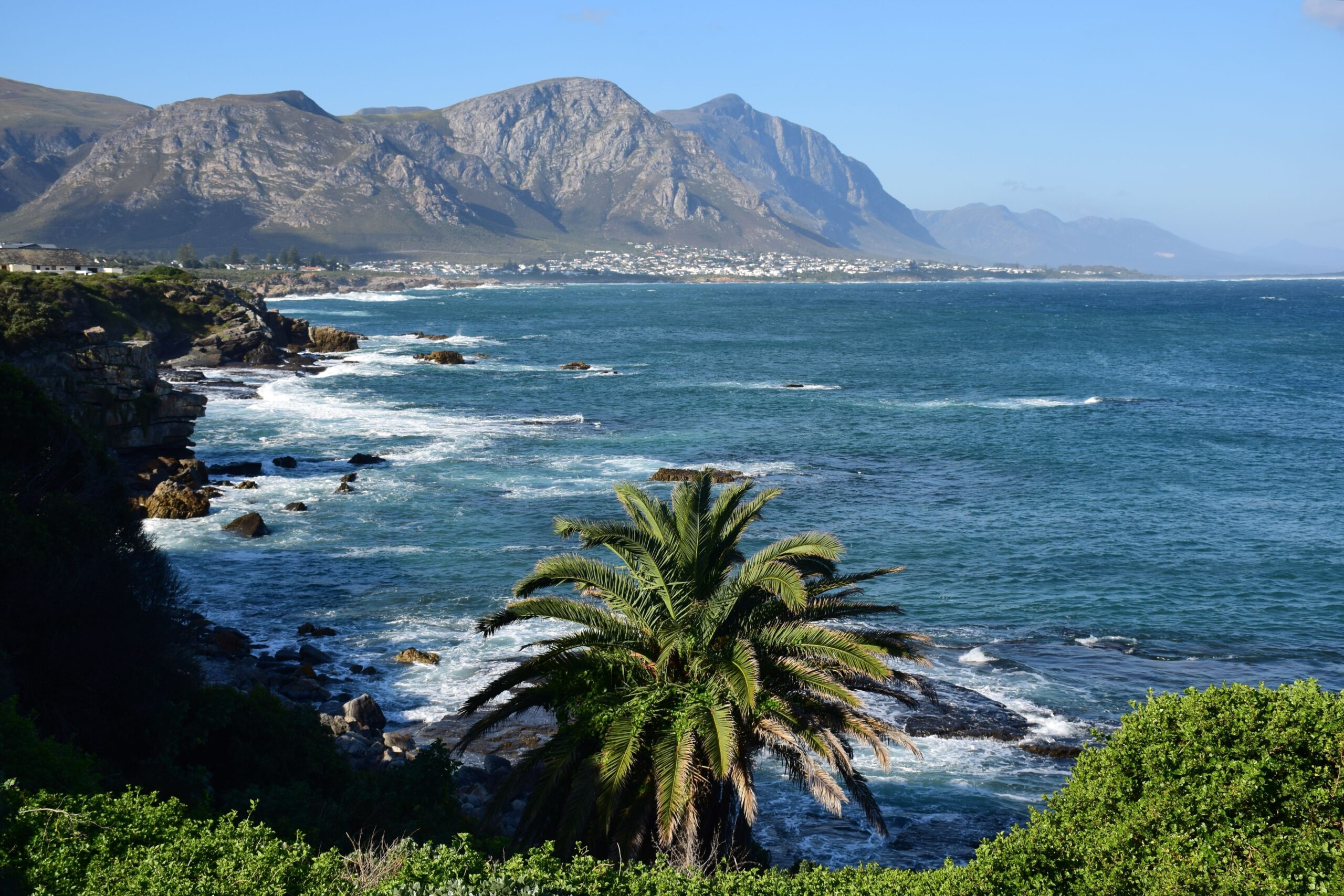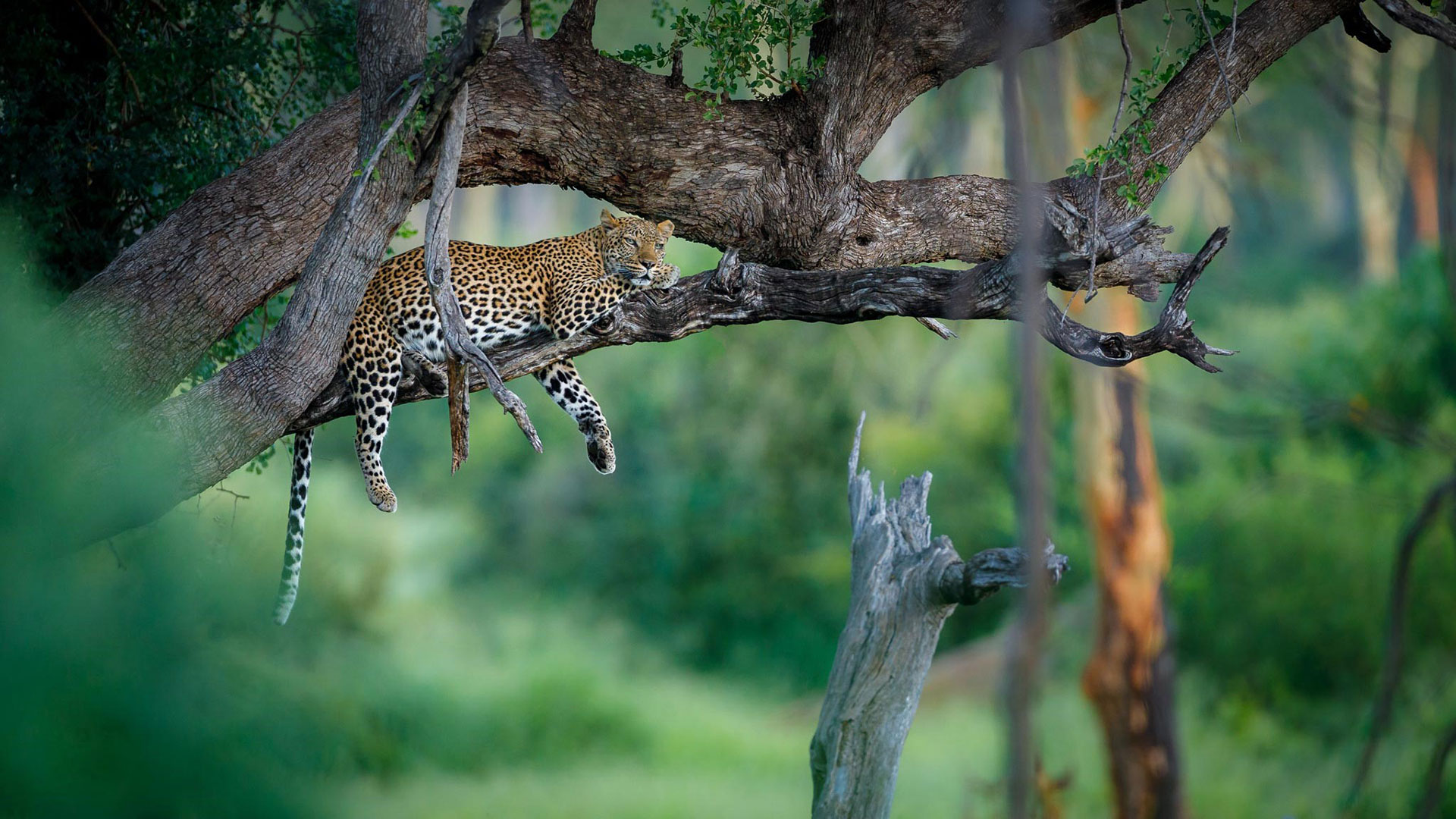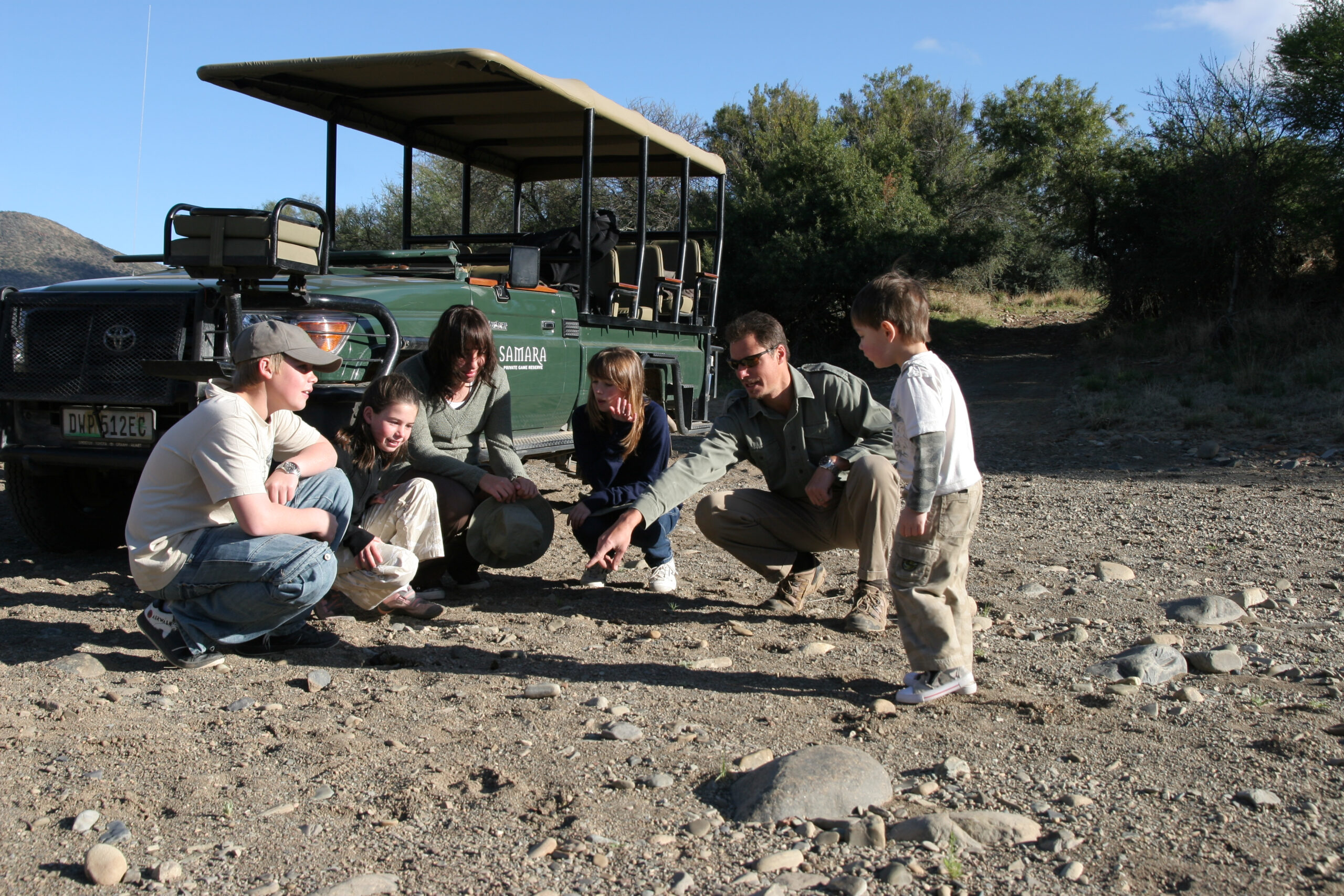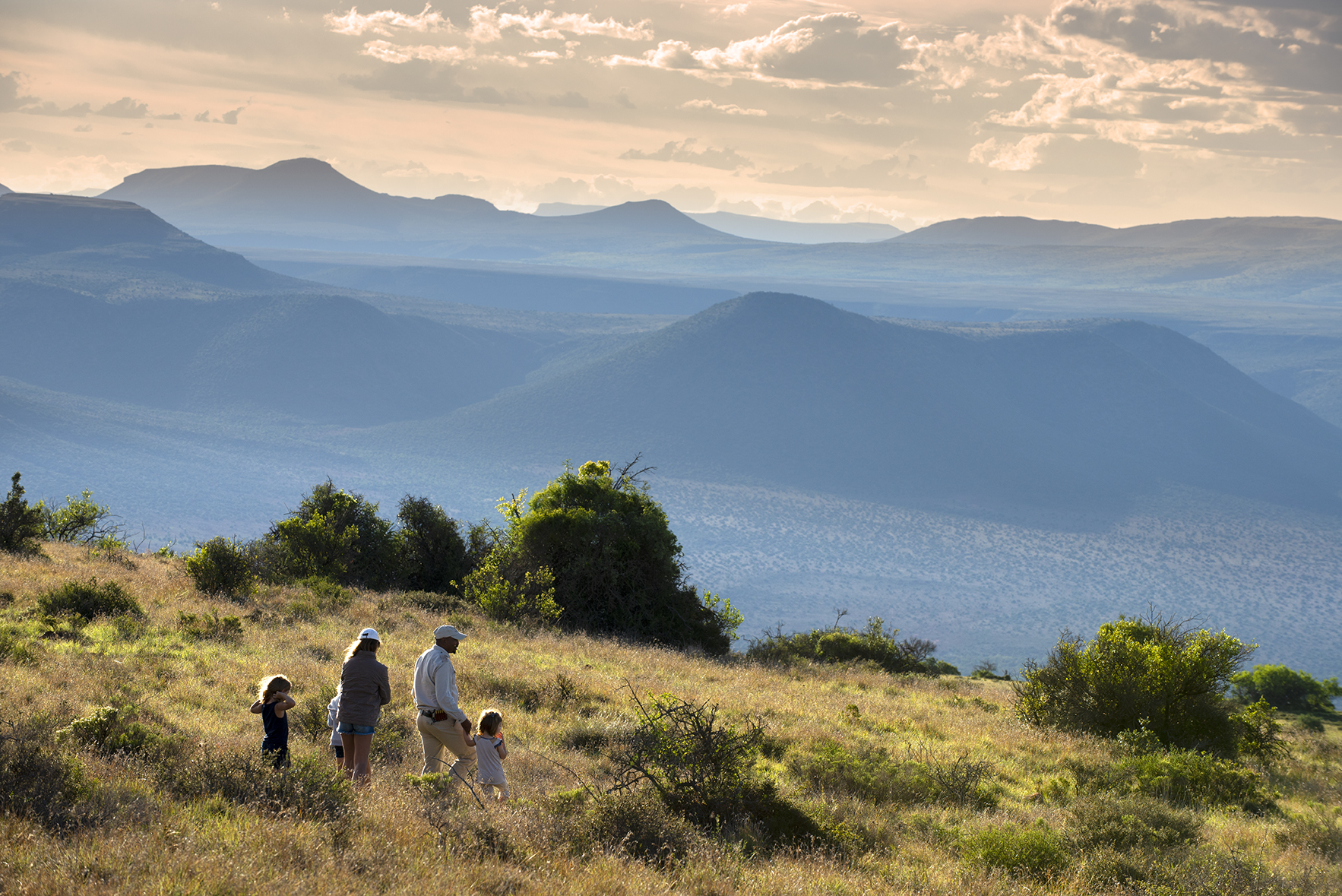Issue 115 - December 2024
Upstream: The Last Journey of Chum Salmon
By Lawrence G Watkins V
Among the incredible migrations on Earth, the journey of the Salmon stands out for its endurance and scale

Each autumn, seasonal rains swell the rivers, streams, and creeks of the Pacific Northwest. But it’s not just rain that stirs these waters; they come alive with the movement of Salmon.
Tucked in the northwesternmost corner of the United States is an impressive waterway known as the Puget Sound, a massive body of water formed by saltwater canals reaching into Washington State. Locals will tell you that, in autumn, the rivers come alive with Salmon.
Spend an autumn afternoon by an active waterway, and from afar, you may hear splashing that initially sounds startling. Then, as you move closer, the sound is absorbed by the moss-covered trees and towering ferns carpeting the forest floor. This sound is coming from none other than the Chum Salmon. The Chum Salmon is one of the Five Salmon species that frequent these waters and has the largest range among any pacific going Salmon. This means you can find these fish all along the Western Coast of the United States and Canada, reaching as far north as Alaska. This wide-ranging habitat means that Chum are adapted to saltwater and freshwater environments, playing a crucial ecological role across this entire span.

The Chum Salmon’s life begins in these very shallow waters, where mature fish gather to spawn. Here, males seek females whose eggs they can fertilize, initiating a new generation. It is in these waterways that are no deeper than your shins that their fertilized eggs mature and grow into Fry before they are swept downstream and eventually into the ocean where they will spend a large portion of their life feeding on zooplankton before they return to these same waterways Scientists believe that Chum Salmon use Earth’s magnetic field as a compass, guiding them back across thousands of miles to the precise streams where they were born. This is when the real challenge begins.
In their home streams these fish can be identified by either male or female by their unique markings and coloration. Male Chum Salmon sport bold, tiger-like vertical stripes, while females are distinguished by a dark stripe running horizontally along their sides.

In their final days, Chum Salmon stop eating, entering a phase often called the ‘zombie fish’ stage. Their bodies, visibly deteriorating with pale patches and decaying flesh, illustrate the toll of their journey. These fish, even as they weaken, bring vital nutrients to the riverbanks that sustain the surrounding ecosystem.
If they do not find a suitable place to lay their eggs or suitable eggs to fertilize, these fish will completely deplete their energy reserves, returning to the ecosystem around them. At the end of the Salmon run, the riverbanks are lined with their spent bodies—a final sacrifice that returns vital nutrients to the ecosystem, fueling new growth for the forest and the rivers.


About The Author
Lawrence G Watkins V is an underwater photographer who’s passionate about capturing the beauty of marine life. He developed a love for the outdoors in the Rocky Mountains, but his journey into underwater photography began in Hawaii in 2018, where he defeated his fear of water and became a certified diver. His devotion grew with every dive, taking him from Indonesia to Australia and eventually leading him to settle in South Florida. Now, he’s not only a professional photographer capturing stunning images at locations like the Blue Heron Bridge but also a respected product tester and gear professional at Reef Photo and Video. His work has been featured in major publications like Forbes and Scuba Diving Magazine, and he’s actively involved with organizations like the International SeaKeepers Society.
Follow more of his work on his Webpage, Instagram, Facebook, LinkedIn, and YouTube Channel.
Feature Destination
Journeys With Purpose – Visit South Africa

Journeys With Purpose offers immersive conservation and ethical travel experiences. Through private and hosted trips with pioneering conservationists, guests experience rewilding and restoring biodiversity in the wildest corners of the world. Our “Seven Worlds, One Planet” approach is a global curriculum focused on recovering and conserving vibrant landscapes, biodiversity, wildlife and livelihoods across all seven continents.
Issue 115 - December 2024
SEVENSEAS Travel Magazine – December 2024 – Issue 115

National Geographic Explorer Thomas Peschak to Receive 2025 Eliza Scidmore Award for Outstanding Storytelling
Award-winning photographer and National Geographic Explorer Thomas P. Peschak will receive the National Geographic Society’s 2025 Eliza Scidmore Award for Outstanding Storytelling for his long legacy of conservation storytelling at National Geographic and beyond. Read more…
The Changing Face of Little Cayman’s Reefs: One Year on From The Most Extensive Global Coral Bleaching on Record
As part of the Healthy Reefs Programme, the Central Caribbean Marine Institute (CCMI) has been monitoring the reefs of Little Cayman for 26 years. This long-term data set allows CCMI’s researchers to understand trends and changes over time and make informed decisions to protect coral reefs. Read more…
Manta Ray Magic: Witnessing a Feeding Frenzy in the Great Barrier Reef – Photography by Aliya Siddiqi

While working at an island that’s known as “the home of the manta ray,” it’s easy for most of us staff to get jaded at seeing one or two manta rays…per day. Maybe they do a quick cruise past, or maybe a stop at the cleaning station. Read more…
Upstream: The Last Journey of Chum Salmon
Tucked in the northwesternmost corner of the United States is an impressive waterway known as the Puget Sound, a massive body of water formed by saltwater canals reaching into Washington State. Locals will tell you that, in autumn, the rivers come alive with Salmon. Read more…
The Iris Project: Enabling Young People to Protect and Restore Nature
In a world facing unprecedented environmental challenges, young people are stepping up as the change-makers we need. The Iris Project is at the forefront of this movement, shining a light on young people leading the way in protecting and restoring our planet. Read more…
Rolex Celebrates our Planet’s Poles, Mountains and Forest
Today, this network of pioneers is shedding light on the challenges we all face in a changing climate. Spread across the world, the explorers and researchers are showing how fundamentally linked the earth’s myriad landscapes are and how vulnerable they have become. Read more…
Journeys With Purpose – Kids on Safari: Frequently Asked Questions
Being able to experience a truly wild family holiday is a bucket-list adventure for most, but can require a little more forethought when planning. This article, and the expertise of our specialist team, is aimed to take the guesswork out of taking your kids on safari so you can look forward to enjoying a memorable family vacation. Read more…
Journeys With Purpose – Visit South Africa

From the golden beaches of Durban to the vineyards of Stellenbosch and Kruger National Park’s sweeping plains, South Africa offe s a holistic fusion of nature, history and adventure. Spend a week exploring the vibrant capital and venture to the top of Table Mountain for panoramic views, or head to the whale-watching capital of the world Read more…
Journeys With Purpose – Rewilding the Karoo: A Journey Through Samara
Nestled in the heart of South Africa’s Great Karoo, Samara Karoo Reserve offers a testament to the remarkable power of rewilding. This 67,000-hectare landscape once overgrazed and fragmented by farming, now thrives as a haven for biodiversity, blending science, sustainability, and community-driven conservation. Read more…
Oh Buoy! Curtin & NASA Unlock Ocean Secrets from Space
Curtin University has joined forces with NASA, the University of Miami, San José State University and the National Institute of Standards and Technology on a new-generation satellite mission to study the colour of the ocean from space, providing vital information about ocean health and its role in climate regulation. Read more…
Ocean of Threads: A Fusion of Fashion, Art, and Marine Conservation
Larnaka, Cyprus – In an inspired convergence of art, marine environmental awareness, and community engagement, artist Michalis Pantelidis has collaborated with the Department of Fisheries and Marine Research and the Larnaka Tourism Board for the project “Ocean of Threads”. Read more…
Book Suggestion – The Secrets of The Open Sea: A Review of “Into The Great Wide Ocean”
Sönke Johnsen’s “Into the Great Wide Ocean” provides a clear and accessible exploration of the pelagic ocean between the surface and the seafloor. Looking beyond the familiar parts of coastal ecosystems, Johnsen, a professor of biology at Duke University, focuses on the unique challenges and evolutionary adaptations of life in the open sea. Read more…
Dive into Action This Holiday Season: Double the Difference for Coral Reefs
The Reef-World Foundation – international coordinator of the UN Environment Programme’s Green Fins initiative – has been selected to join the Big Give Christmas Challenge. Double your donation to The Reef-World Foundation in the Big Give’s Christmas Challenge. The charity is taking part in the Christmas Challenge to raise £4,000 in just 1 week. Read more…
NOAA Advances Efforts to Identify Aquaculture Opportunity Areas
NOAA Fisheries released two draft programmatic environmental impact statements (PEIS) to support the identification of proposed Aquaculture Opportunity Areas (AOAs) in Southern California and the Gulf of Mexico. The public is invited to review and submit comments on the draft statements from November 22, 2024, through February 20, 2025. Read more…
The International SeaKeepers Society Hosts the Annual Founders Event 2024
The International SeaKeepers Society hosted its Annual Founders Event at the Marriott Harbor Beach Resort & Spa in Fort Lauderdale, Florida during the Fort Lauderdale International Boat Show (FLIBS). Guests celebrated the remarkable achievements of the evening’s honorees, including 2024 SeaKeeper of the Year, Guy Harvey, and 2024 NextGen Awardee, Shireen Rahimi. Read more…
Hope for Right Whales
Researchers have identified four components of hope. The first is setting realistic goals and identifying realistic pathways to achieve them. Mental fortitude in the face of daunting circumstances is needed to achieve goals. The fourth is support from others, fellowship, and teamwork to overcome adversities met along the way. Read more…
New Study Finds Solutions to Whale-Ship Collisions Within Reach

According to the fossil record, cetaceans — whales, dolphins and their relatives — evolved from four-legged land mammals that returned to the oceans beginning some 50 million years ago. Today, their descendants are threatened by a different land-based mammal that has also returned to the sea: humans. Read more…
Time to Normalize Seafood as Part of Our Shared Wildlife
This concept is nothing new, but it is high time we officially normalize it. Years ago in the early 2000s, during a brown bag session at Conservation International, I overheard a comment that caught my attention. These lunchtime sessions, where colleagues shared their work informally, were typically casual, and I was only half-listening. Read more…
SEVENSEAS Weekly Newsletter and Jobs List
Signing up for our free weekly newsletter and jobs list will get you a round-up of upcoming events, webinars, meetings, reports, funding opportunities, photos of the week, and recent postings to the jobs board.
To sign up for free, click here or email us.
Since 2004, SEVENSEAS Media has fostered an informal and non-partisan platform to promote understanding of key issues and challenges while building partnerships across an increasingly diverse group of marine conservation professionals and students.
Our mission is to promote communication and build partnerships across the global marine community and to identify and address gaps in the community’s work. SEVENSEAS Media achieves this through multimedia promotion and partnerships. The community consists of a diverse and growing group of participants, including non-governmental organizations, government agencies, foundations, bilateral and multilateral agencies, fellowship programs, independent consultants, and academia/students.
[xyz-ihs snippet=”Prepared-by-PK”]
Feature Destination
Journeys With Purpose – Kids on Safari: Frequently Asked Questions
Journeys With Purpose offers immersive conservation and ethical travel experiences. Through private and hosted trips with pioneering conservationists, guests experience rewilding and restoring biodiversity in the wildest corners of the world. Our “Seven Worlds, One Planet” approach is a global curriculum focused on recovering and conserving vibrant landscapes, biodiversity, wildlife and livelihoods across all seven continents.
-

 Voices2 weeks ago
Voices2 weeks agoMass Death of Magellanic Penguins Observed at Reserva Provincial Cabo Vírgenes
-

 Book Suggestion2 weeks ago
Book Suggestion2 weeks agoWet and Salty. A Lifelong Journey Seeking Coral Conservation and Resilience.
-

 News2 weeks ago
News2 weeks agoNew Coral Gardens and Hydrothermal Vents Found in the Icy Depths of the Remote South Sandwich Islands
-

 News1 day ago
News1 day agoWheaton Women in Ocean Science Award Now Accepting Applications for 2025
-

 Art & Culture1 week ago
Art & Culture1 week agoAnnouncing the Winners of the 2025 Science Without Borders® Challenge
-

 Feature Destination3 weeks ago
Feature Destination3 weeks agoFeature Destination: The Most Awe-Inspiring National Parks in Latin America
-

 Aquacultures & Fisheries3 weeks ago
Aquacultures & Fisheries3 weeks agoBreathe. Wheel. Flukes Up. Dive. Swim On, Whales!
-

 Ocean Literacy1 month ago
Ocean Literacy1 month agoMicroplastics: From rubbish bins to your next meal
















 Mother-daughter team, Sarah and Isabelle Tompkins, are dedicated to protecting the Great Karoo, South Africa, and reintroducing species to their 67,000 acres of restored and protected land, with an aim to expand this protected area to 3 million acres in the near futurel.
Mother-daughter team, Sarah and Isabelle Tompkins, are dedicated to protecting the Great Karoo, South Africa, and reintroducing species to their 67,000 acres of restored and protected land, with an aim to expand this protected area to 3 million acres in the near futurel. Once a thriving, biodiverse ecosystem of grasslands, South Africa’s Great Karoo sadly lost most of its wildlife to farming, fences and firearms. In 1997, Joburg-born Sarah and husband Mark Tompkins began their mission to restore the land to its former glory and founded a private game reserve, Samara Karoo. The Tompkins have since regenerated 67,000 acres of wilderness, and engaged in an ambitious programme of animal reintroduction, including the first wild cheetah back in the region in 125 years, the first elephants in over a century and, most recently, the first lions in 180 years.
Once a thriving, biodiverse ecosystem of grasslands, South Africa’s Great Karoo sadly lost most of its wildlife to farming, fences and firearms. In 1997, Joburg-born Sarah and husband Mark Tompkins began their mission to restore the land to its former glory and founded a private game reserve, Samara Karoo. The Tompkins have since regenerated 67,000 acres of wilderness, and engaged in an ambitious programme of animal reintroduction, including the first wild cheetah back in the region in 125 years, the first elephants in over a century and, most recently, the first lions in 180 years.  Once a thriving, biodiverse ecosystem of grasslands, South Africa’s Great Karoo sadly lost most of its wildlife to farming, fences and firearms. In 1997, Joburg-born Sarah and husband Mark Tompkins began their mission to restore the land to its former glory and founded a private game reserve, Samara Karoo. The Tompkins have since regenerated 67,000 acres of wilderness, and engaged in an ambitious programme of animal reintroduction, including the first wild cheetah back in the region in 125 years, the first elephants in over a century and, most recently, the first lions in 180 years.
Once a thriving, biodiverse ecosystem of grasslands, South Africa’s Great Karoo sadly lost most of its wildlife to farming, fences and firearms. In 1997, Joburg-born Sarah and husband Mark Tompkins began their mission to restore the land to its former glory and founded a private game reserve, Samara Karoo. The Tompkins have since regenerated 67,000 acres of wilderness, and engaged in an ambitious programme of animal reintroduction, including the first wild cheetah back in the region in 125 years, the first elephants in over a century and, most recently, the first lions in 180 years. 






















